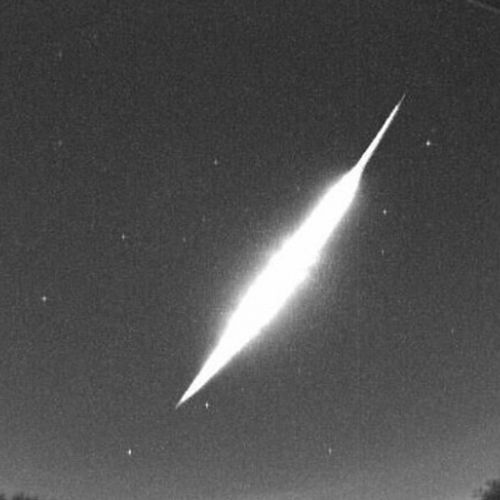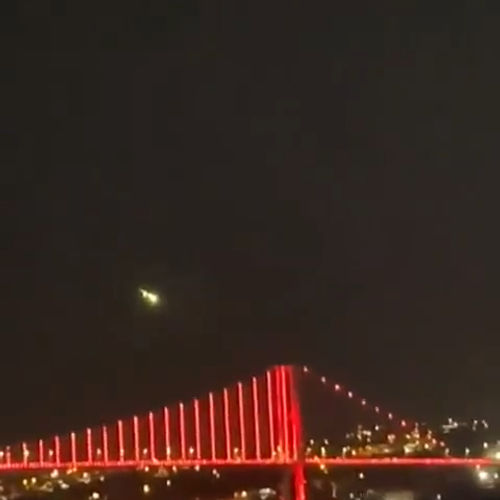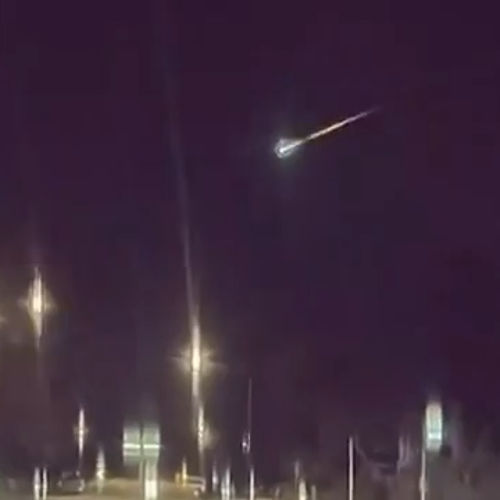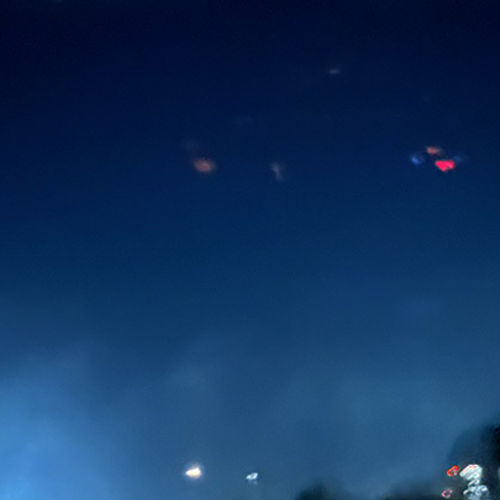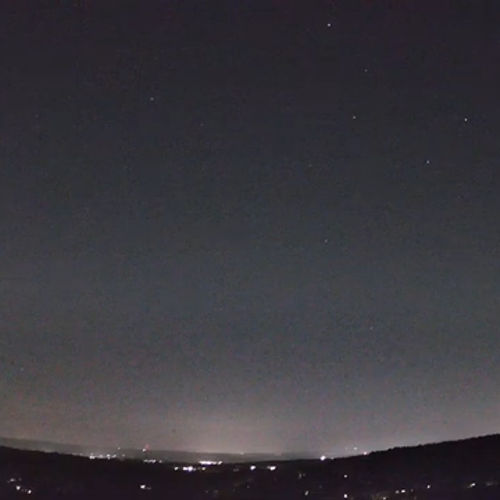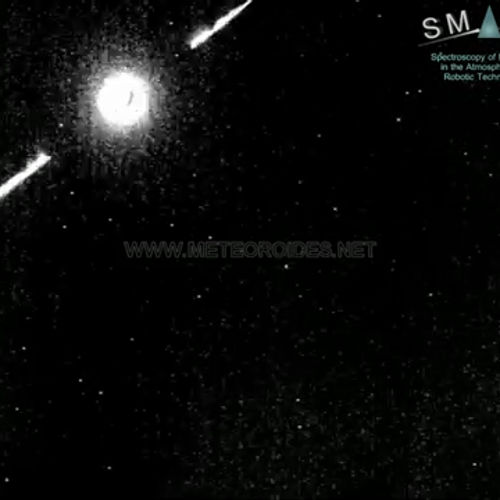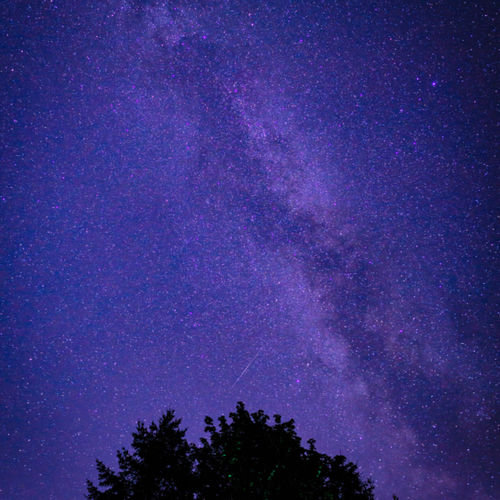
| Added | Fri, 31/07/2020 |
| Источники | |
| Дата публикации | Thu, 30/07/2020
|
| Версии |
Every year from 12 July to 23 August on sky active meteor shower, the Southern Delta Aquarids. Peak flow occurs at the end of July — beginning of August, this year on July 28.
This meteor shower is best observed in the southern hemisphere, but in the North it is also visible. In a period when the observation does not interfere with the moonlight, you can see 10 to 20 meteors per hour. But this year, even in early August, during the waxing moon (full moon will come on August 3) to observe the flow is quite real, moreover, it is also possible to see the meteors of the Perseids, the maximum of which will take place on 11-13 August.
Delta Aquarids, like most meteor showers are best observed after midnight and before dawn, regardless of time zone. Radiant flux is located in the South of the sky, in the constellation of Aquarius, near the star SKAT (Delta Aquarius), in whose honor and named himself the star of rain.
Knowledge of the radiant can be useful to distinguish the Perseid meteors from the Delta akvarid. The radiant of the Perseids is in the constellation Perseus, which is between midnight and dawn is on the North-East. So, if you are in the Northern hemisphere and can see the meteors flying from the North-East or North is the Perseids. If meteors fly from the South is the Delta Aquarids.
In a particularly generous Meteora year, if you have dark skies, you can even see how they overlap!
Meteors Delta akvarid may be less spectacular than the Perseids and meteors observed in other large threads. Therefore, dark sky observation becomes more critical condition.
About 5-10% of the meteors Delta akvarid leave a glowing ionized gas traces, which are visible for a second or two after the flight of the meteor. They burn up in the upper atmosphere about 100 km above the Earth's surface.
These meteors can originate from comet 96P/Machalica. However, the source flux is not known exactly. It was once believed that it was formed during the destruction of the object from which was formed the current comets Marsden and Kracht. As a result of this uncertainty, the Delta Aquarids don't actually have exactly a certain peak. It occurs in late July – early August, mixing with the Perseids.
Translated by «Yandex.Translator»
© shutterstock.com
Translated by «Yandex.Translator»
Новости со схожими версиями
Log in or register to post comments


